Home>Articles>How To Measure For Blinds Inside The Window Frame
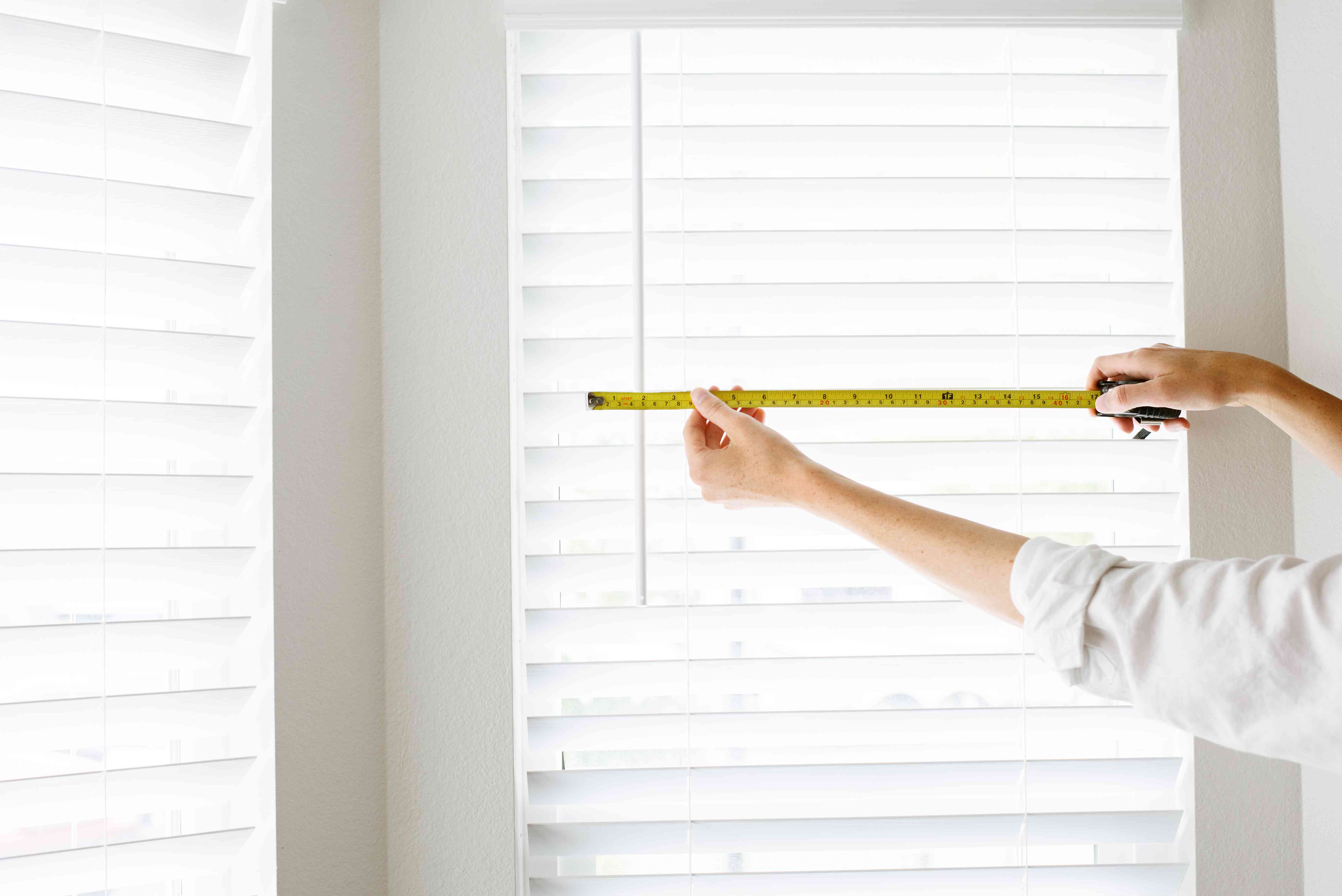

Articles
How To Measure For Blinds Inside The Window Frame
Modified: January 9, 2024
Learn the proper technique to measure for blinds inside the window frame with our comprehensive articles. Ensure a perfect fit for your window treatments.
(Many of the links in this article redirect to a specific reviewed product. Your purchase of these products through affiliate links helps to generate commission for Storables.com, at no extra cost. Learn more)
Introduction
When it comes to window treatments, blinds are a popular and versatile choice. They provide privacy, control the amount of light entering a room, and add a touch of style to any space. But before you rush out to buy blinds, it’s important to ensure that you measure your windows correctly, particularly if you plan on mounting the blinds inside the window frame.
Measuring for blinds inside the window frame offers a sleek and streamlined look. It allows the blinds to fit snugly within the frame, leaving the surrounding wall space free for other decorative elements. In addition, mounting blinds inside the window frame can help to minimize light gaps and provide a cleaner aesthetic. To achieve these benefits, you need to master the art of measuring for blinds inside the window frame. This article will guide you through the process, step by step.
Before we dive into the measuring process, let’s quickly go over the tools you’ll need. To measure for blinds inside the window frame, you’ll need a measuring tape, a pencil, and paper to record your measurements. Alternatively, you can use a digital measuring tool for more precise measurements.
Now, let’s get started!
Key Takeaways:
- Measuring for blinds inside the window frame offers a sleek, streamlined look, maximizes wall space, minimizes light gaps, and allows for a customizable fit, enhancing the overall aesthetic of your space.
- Accurate measurements, determining mounting depth, and checking for obstructions are crucial steps in ensuring a successful purchase and proper fit when ordering and installing blinds inside the window frame.
Read more: How To Mount Blinds Inside A Window
Why Measure Inside the Window Frame?
Measuring for blinds inside the window frame offers several advantages over other mounting options. Here are a few reasons why you should consider measuring inside the window frame:
- Clean and streamlined look: Mounting blinds inside the window frame creates a clean and streamlined appearance. The blinds fit snugly within the frame, without any excess material hanging outside. This minimalist look can complement various interior design styles, from modern and contemporary to traditional and elegant.
- Maximize wall space: By mounting blinds inside the window frame, you can maximize the available wall space and create a more spacious feel in the room. This is particularly beneficial for smaller rooms or spaces with limited wall area. It allows you to make the most of every inch, whether it’s for hanging artwork, shelving, or other decorative elements.
- Minimize light gaps: When blinds are mounted inside the window frame, they provide better coverage and minimize the amount of light that seeps through the edges. This helps to create a darker room, making it easier to sleep, relax, or enjoy a movie without unwanted glare. Additionally, reducing light gaps can improve energy efficiency by preventing heat from entering or escaping through the windows.
- Easier cleaning and maintenance: Mounting blinds inside the window frame makes it easier to clean and maintain them. Since there is no excess material outside the frame, there are fewer areas for dust and debris to accumulate. Additionally, removing and reinstalling blinds for cleaning or repairs is simpler and more convenient, as they are securely attached within the window frame.
- Customizable fit: Measuring for blinds inside the window frame allows for a customized fit. You can choose the exact dimensions that suit your windows, ensuring a precise and tailored appearance. This is especially important for older homes or windows with non-standard sizes, as it allows you to accommodate any irregularities and still achieve a polished look.
By measuring for blinds inside the window frame, you can achieve a polished and stylish window treatment that enhances the overall aesthetic of your space. Now that you understand the benefits, let’s move on to the step-by-step guide for measuring blinds inside the window frame.
What You Will Need
Before you begin measuring for blinds inside the window frame, it’s important to gather the necessary tools. Here’s what you’ll need:
- Measuring Tape: A reliable measuring tape is an essential tool for accurate measurements. Make sure it has clear markings and is long enough to measure the width and height of your window.
- Pencil and Paper: You’ll need a pencil and paper to record your measurements. This will help you keep track of the dimensions and ensure accurate ordering and installation of your blinds.
- Digital Measuring Tool (Optional): If you prefer a more precise method of measurement, you can use a digital measuring tool. These tools provide digital readouts and can be especially useful for irregularly shaped windows or intricate measurements.
- Step Stool or Ladder: Depending on the height of your windows, you may need a step stool or ladder to comfortably reach and measure the top of the window frame. Safety should always be a priority, so ensure that the step stool or ladder is stable and secure.
- Notebook or Mobile Device: If you prefer to record your measurements digitally, you can use a notebook or mobile device. There are even apps available that allow you to input and save your window measurements for easy reference.
Having these tools ready will ensure a smooth and efficient measuring process. Once you have everything prepared, you can move on to measuring the width and height of the window, which we will cover in the next steps. Remember to double-check your measurements and take accurate notes to ensure that your blinds fit perfectly within the window frame.
Step 1: Measure the Width
The first step in measuring for blinds inside the window frame is to determine the width of the window opening. Follow these steps to get an accurate measurement:
- Start by opening the window and removing any existing window coverings, such as curtains or drapes, if applicable. This will give you a clear view of the window frame.
- Take your measuring tape and position it at the top inside edge of the window frame. Make sure to measure from the innermost point on one side to the innermost point on the opposite side.
- Extend the tape measure across the width of the window frame, ensuring that it remains straight and level. Take note of the measurement in inches or centimeters.
- For more accurate results, it is recommended to take measurements at three different points: the top, middle, and bottom of the window frame. This will account for any slight variations in width due to irregularities in the window frame.
- Record the smallest of the three measurements. This will be the width that you use when ordering your blinds.
It’s important to note that when measuring the width, you should measure the inside edge of the window frame, rather than the outer edge. Measuring from the inside ensures that the blinds will fit correctly within the frame and provide a seamless look.
By accurately measuring the width of your window, you’ll be one step closer to installing blinds that perfectly complement your space. In the next step, we’ll discover how to measure the height of the window, so let’s keep the momentum going!
Step 2: Measure the Height
After measuring the width, the next step in measuring for blinds inside the window frame is determining the height of the window opening. Follow these steps to get an accurate measurement:
- Begin by placing your measuring tape at the left inside edge of the window frame. Make sure to position it at the innermost point of the frame.
- Gently extend the tape measure vertically from the top inside edge of the window frame to the bottom inside edge. Keep the tape measure straight and taut as you take the measurement.
- Similar to measuring the width, it’s recommended to take three measurements for the height: one on the left side, one in the middle, and one on the right side. This will account for any slight variations in height due to irregularities in the window frame.
- Record the smallest of the three measurements. This will be the height that you use when ordering your blinds.
When measuring the height, it’s essential to measure from the inside top edge of the window frame to the inside bottom edge. This ensures that the blinds will fit correctly within the frame and provide a polished appearance.
Remember to take accurate measurements and record them carefully for precise ordering and installation of your blinds. Now that you have measured both the width and height, we can move on to the next step, where we determine the mounting depth required for your blinds. Keep up the great work!
When measuring for blinds inside the window frame, use a steel tape measure for accuracy. Measure the width at the top, middle, and bottom of the window, and use the smallest measurement to ensure a proper fit.
Read more: How To Open Pella Windows With Blinds Inside
Step 3: Determine the Mounting Depth
Once you have measured the width and height of your window opening, the next step is to determine the mounting depth required for your blinds. The mounting depth refers to the amount of space needed inside the window frame to successfully install the blinds. Follow these steps to determine the mounting depth:
- Consider the type of blinds you plan to install. Different types of blinds, such as roller blinds, venetian blinds, or cellular shades, may have varying requirements for mounting depth.
- Refer to the manufacturer’s instructions or product specifications for the blinds you have chosen. These guidelines will provide information on the required mounting depth for proper installation.
- Measure the available depth inside the window frame. This can be done by measuring the distance from the front inner edge of the window frame to the back inner edge. Use a measuring tape and ensure accuracy by taking multiple measurements at different points along the frame.
- Compare the measured mounting depth with the required mounting depth specified by the manufacturer. If the available depth inside the window frame is less than the required mounting depth, you may need to consider alternative mounting options or choose blinds with a shallower mounting depth.
- It’s important to ensure that the blinds have enough space to operate smoothly without any obstructions. Factors such as window hardware, handles, or protruding elements should be taken into account when determining the mounting depth.
By determining the mounting depth required for your blinds, you can ensure a successful installation that allows the blinds to fit properly within the window frame. If the available depth is insufficient, you may need to explore other mounting options or select blinds that are specifically designed for shallower installations.
With the mounting depth determined, let’s move on to the next step, where we check for any potential obstructions that may affect the installation of your blinds. Keep up the great work!
Step 4: Check for Obstructions
Before proceeding with the installation of blinds inside the window frame, it’s important to check for any potential obstructions that may affect the proper functioning of the blinds. Follow these steps to identify and address any obstructions:
- Thoroughly examine the inside of the window frame for any objects that may obstruct the installation or operation of the blinds. Common obstructions can include window locks, handles, latches, or other hardware.
- If you identify any obstructions, measure their depth to determine whether there is enough space for the blinds to fit properly. Use your measuring tape to measure the distance from the front inner edge of the window frame to the obstruction.
- Compare the measurements of the obstruction with the mounting depth required for your blinds. If the obstruction protrudes beyond the available mounting depth, you may need to consider alternative mounting options or choose blinds with a shallower profile.
- In some cases, it may be possible to make adjustments to the obstructions. For example, window handles or latches might be removable or able to be repositioned to allow for proper blind installation.
- If you encounter obstructions that cannot be easily modified or if the available space is not sufficient, consult a professional or consider alternative window treatment options that can accommodate the existing obstructions.
Identifying and addressing obstructions before installing the blinds is crucial to ensure a smooth and hassle-free installation process. By doing so, you can avoid any potential issues and ensure that your blinds operate correctly within the window frame.
Now that you have checked for obstructions, let’s move on to the final step where we record the measurements and prepare for ordering your blinds. Great job!
Step 5: Record the Measurements
After completing the previous steps, it’s important to record the measurements you have taken. Keeping accurate records of your window dimensions is crucial to ensure that you order the correct size blinds and achieve a proper fit. Follow these steps to record the measurements:
- Refer back to your measurements for the width, height, and mounting depth that you obtained in the previous steps.
- Take note of the width measurement. Record the smallest width measurement you obtained, as this will be the width that you use when ordering your blinds.
- Move on to the height measurement. Record the smallest height measurement you obtained, as this will be the height that you use when ordering your blinds.
- Make a note of the required mounting depth for your blinds. Refer to the manufacturer’s instructions or product specifications to ensure that you have the correct mounting depth recorded.
- Double-check your recorded measurements to ensure accuracy. It’s always a good idea to verify your measurements before placing an order to avoid any potential mistakes.
- Keep all the recorded measurements in a safe and easily accessible place. This will ensure that you have the necessary information on hand when you are ready to order your blinds or consult with a professional for installation.
By carefully recording your measurements, you can confidently proceed with ordering your blinds, knowing that you have the correct dimensions. This will help ensure that your blinds fit perfectly within the window frame and provide a seamless and stylish look to your space.
Congratulations! You have successfully completed all the steps for measuring blinds inside the window frame. Now you are ready to order your blinds and enjoy the benefits of a well-fitted and stylish window treatment. Remember to double-check your measurements and consult with a professional if you have any doubts or questions throughout the process. Happy decorating!
Conclusion
Measuring for blinds inside the window frame is an essential step to ensure a proper fit and a polished look in your space. By following the steps outlined in this guide, you’ll be equipped with the knowledge and tools to measure your windows accurately.
Measuring inside the window frame offers numerous advantages, including a clean and streamlined appearance, maximized wall space, minimized light gaps, and easier cleaning and maintenance. It allows for a customizable fit that enhances the overall aesthetic of your room.
Remember to gather the necessary tools, such as a measuring tape, pencil, and paper, to accurately record your measurements. Additionally, consider using a digital measuring tool for more precise measurements.
Take your time in measuring the width and height of the window opening, ensuring that you measure from the inside edge of the frame. Determine the mounting depth required for your blinds and check for any potential obstructions that may affect the installation or operation of the blinds.
Record all your measurements carefully and double-check their accuracy before proceeding with ordering your blinds. Keeping accurate records will ensure a smooth and successful purchase, as well as a proper fit when it comes time to install your blinds.
Now that you have completed all the necessary steps, you are ready to enjoy the benefits of well-fitted blinds that enhance the aesthetics and functionality of your windows. Whether it’s for privacy, light control, or adding a touch of style to your space, properly measured blinds inside the window frame will elevate your home decor.
So go ahead, confidently order your blinds, and transform your windows into beautiful focal points in your room. Happy measuring and decorating!
Frequently Asked Questions about How To Measure For Blinds Inside The Window Frame
Was this page helpful?
At Storables.com, we guarantee accurate and reliable information. Our content, validated by Expert Board Contributors, is crafted following stringent Editorial Policies. We're committed to providing you with well-researched, expert-backed insights for all your informational needs.

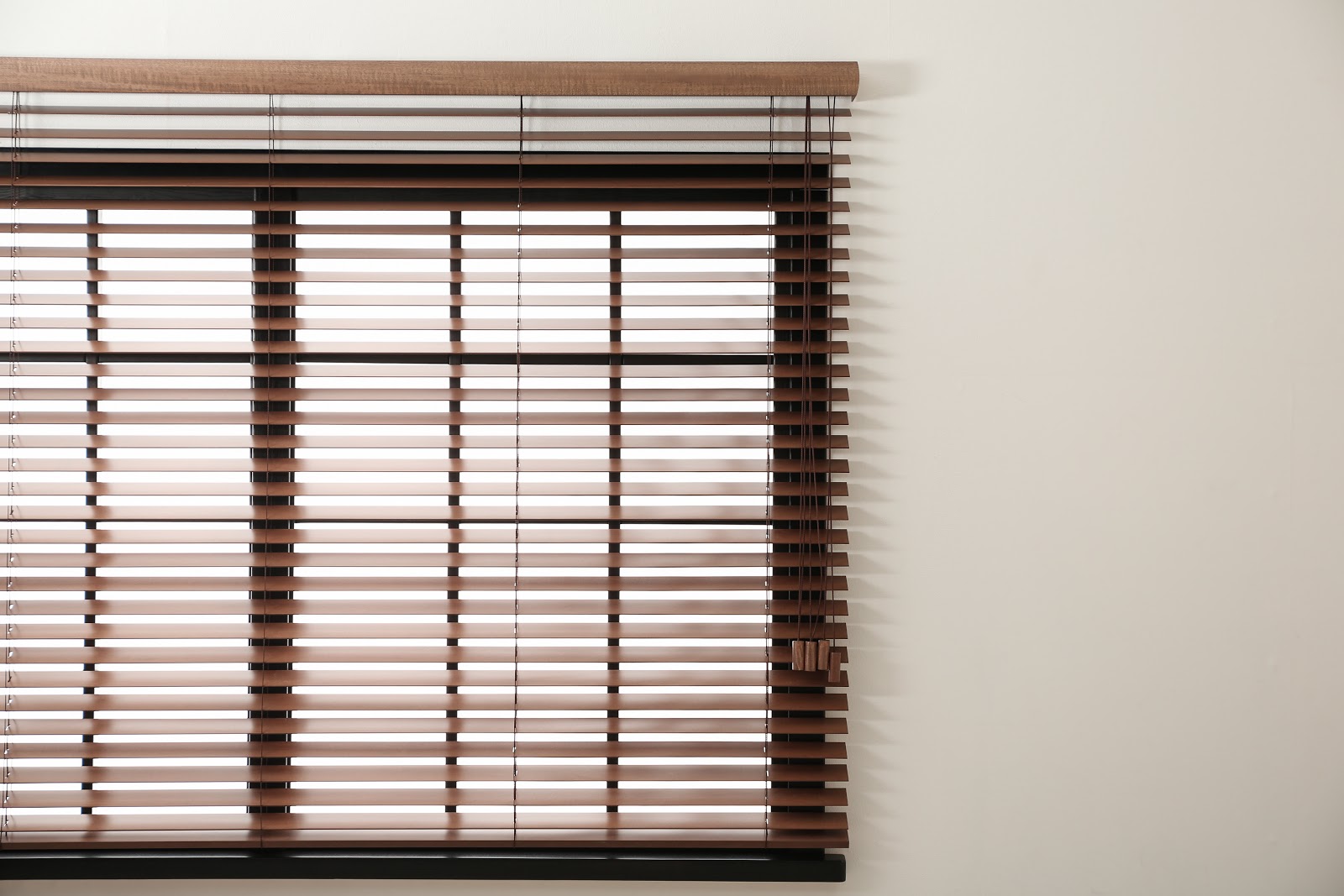
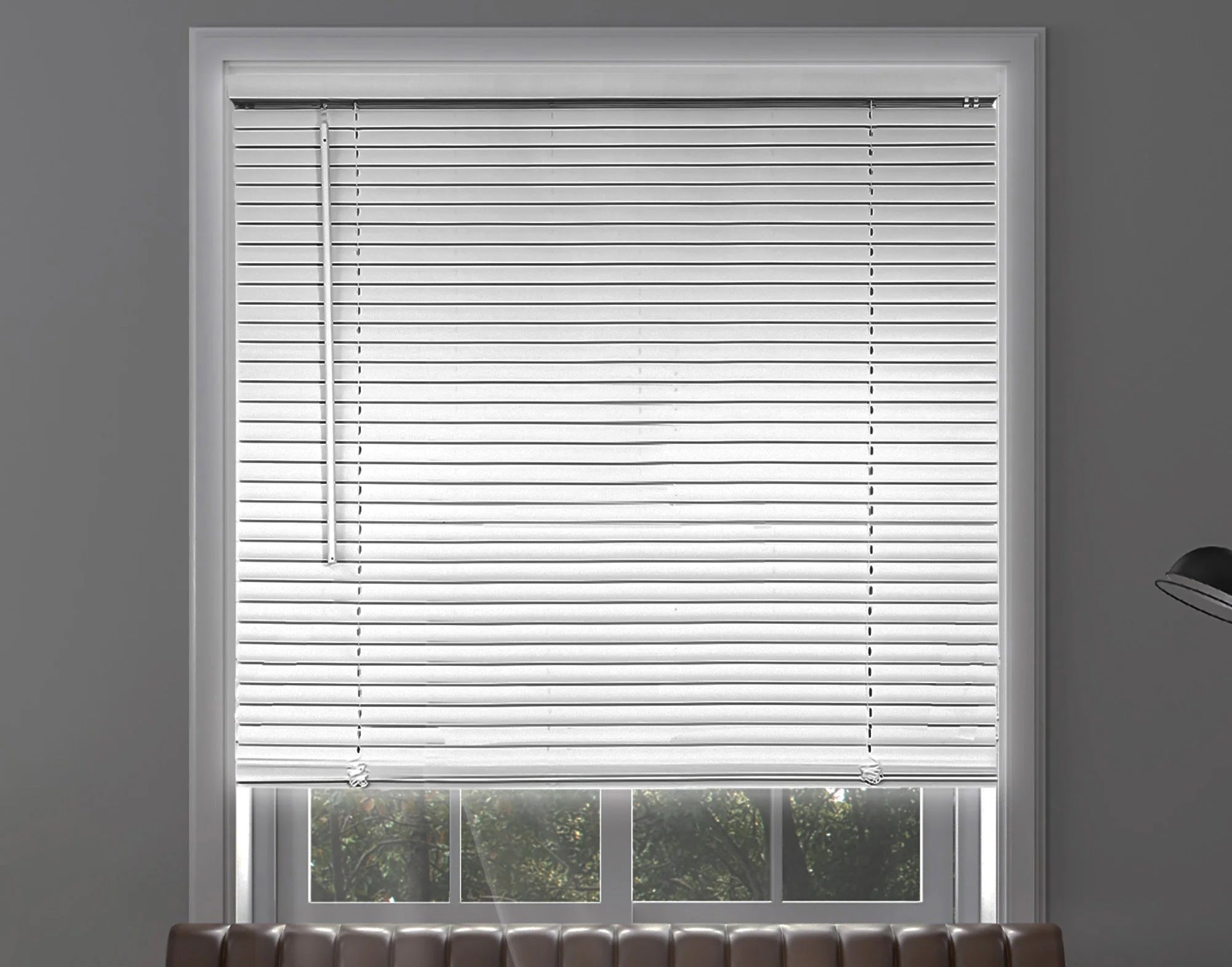
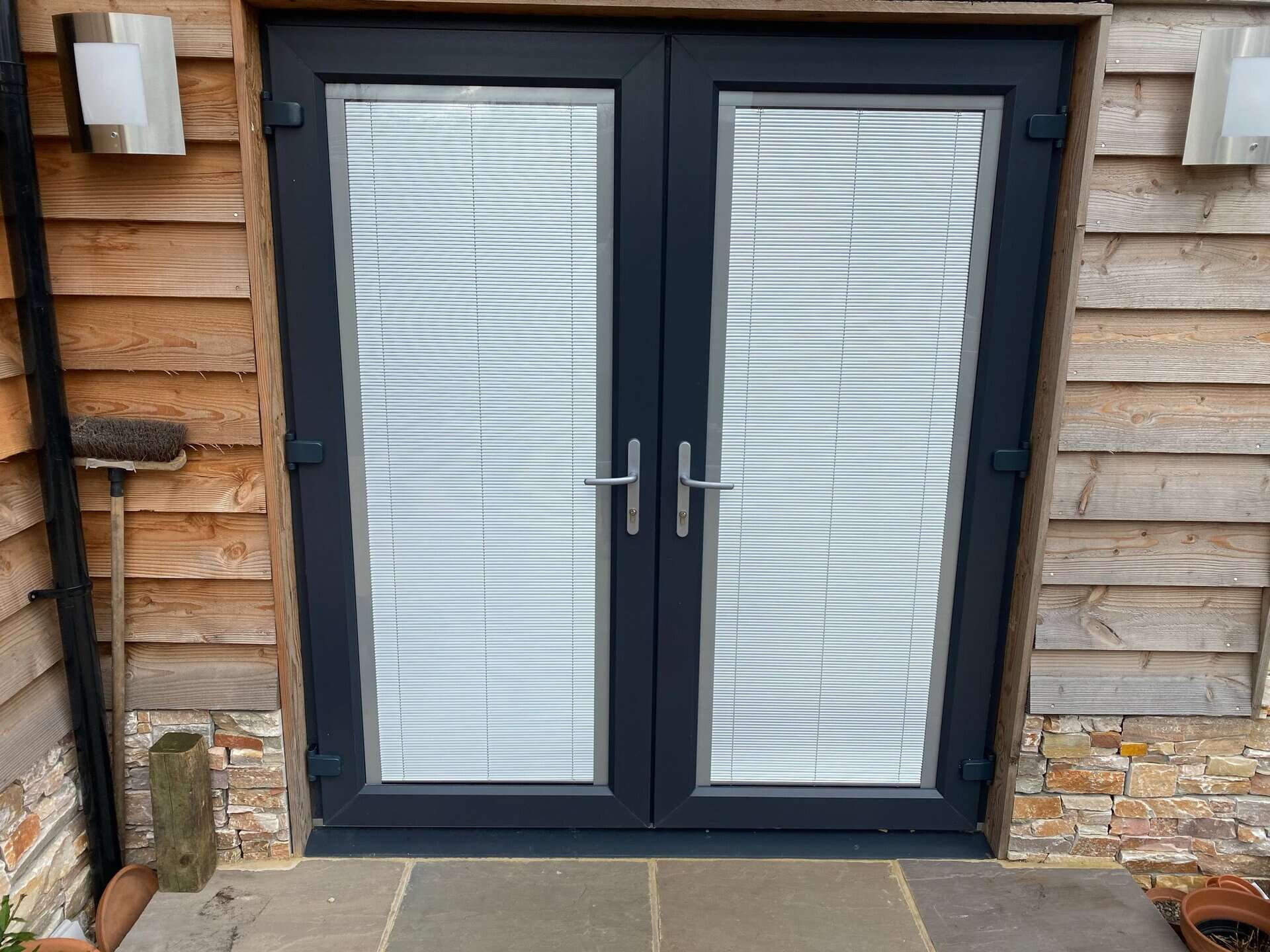
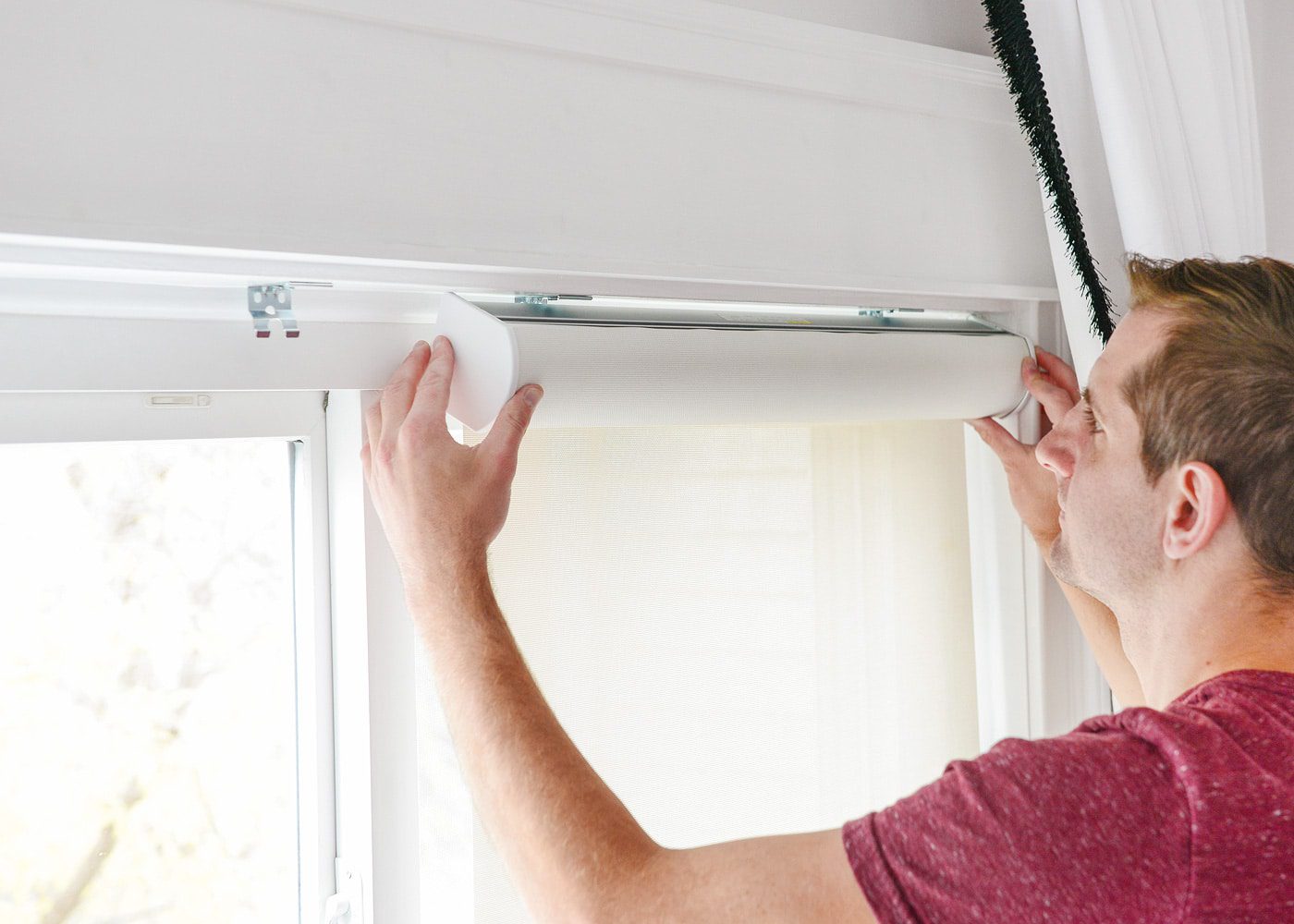
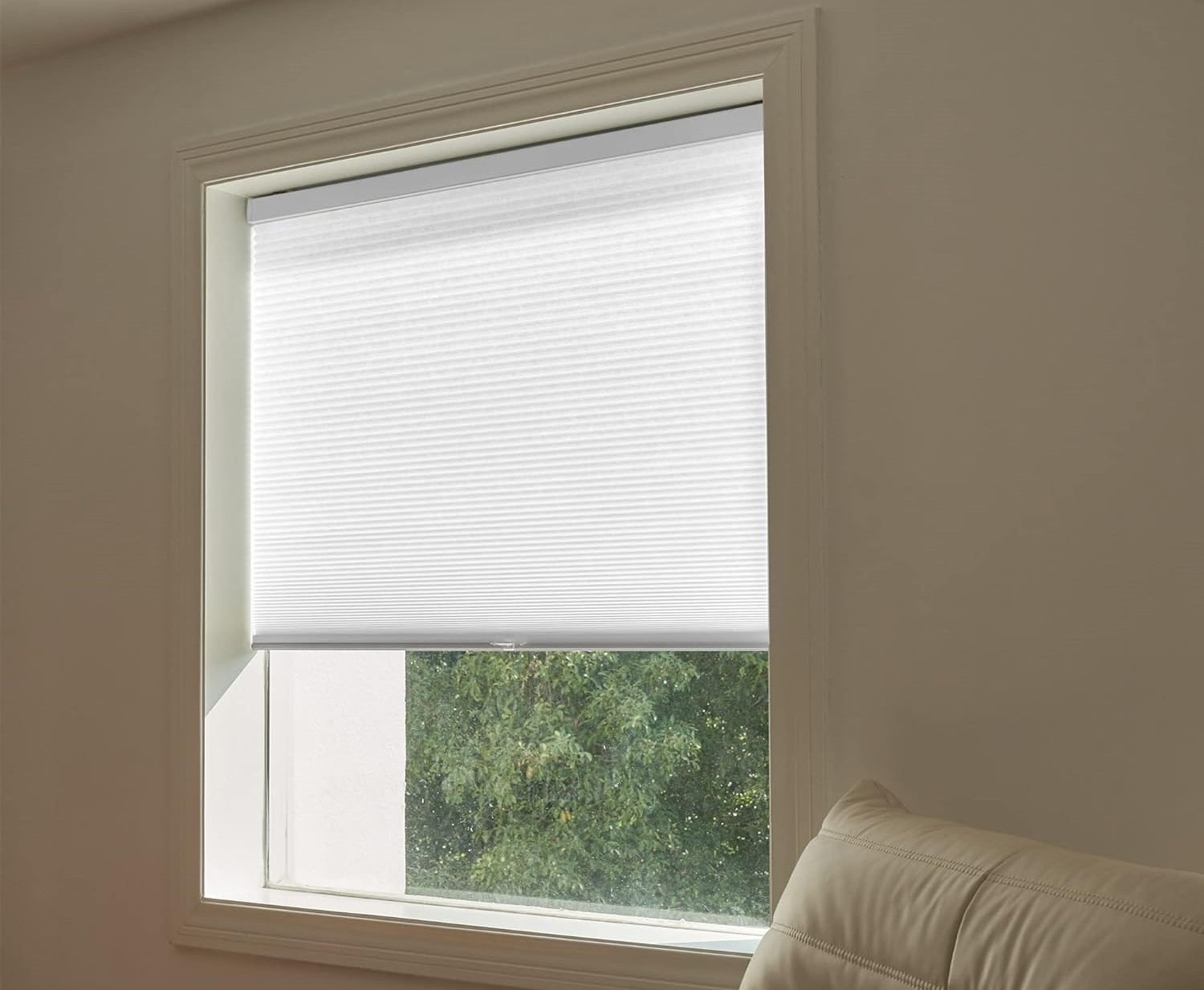
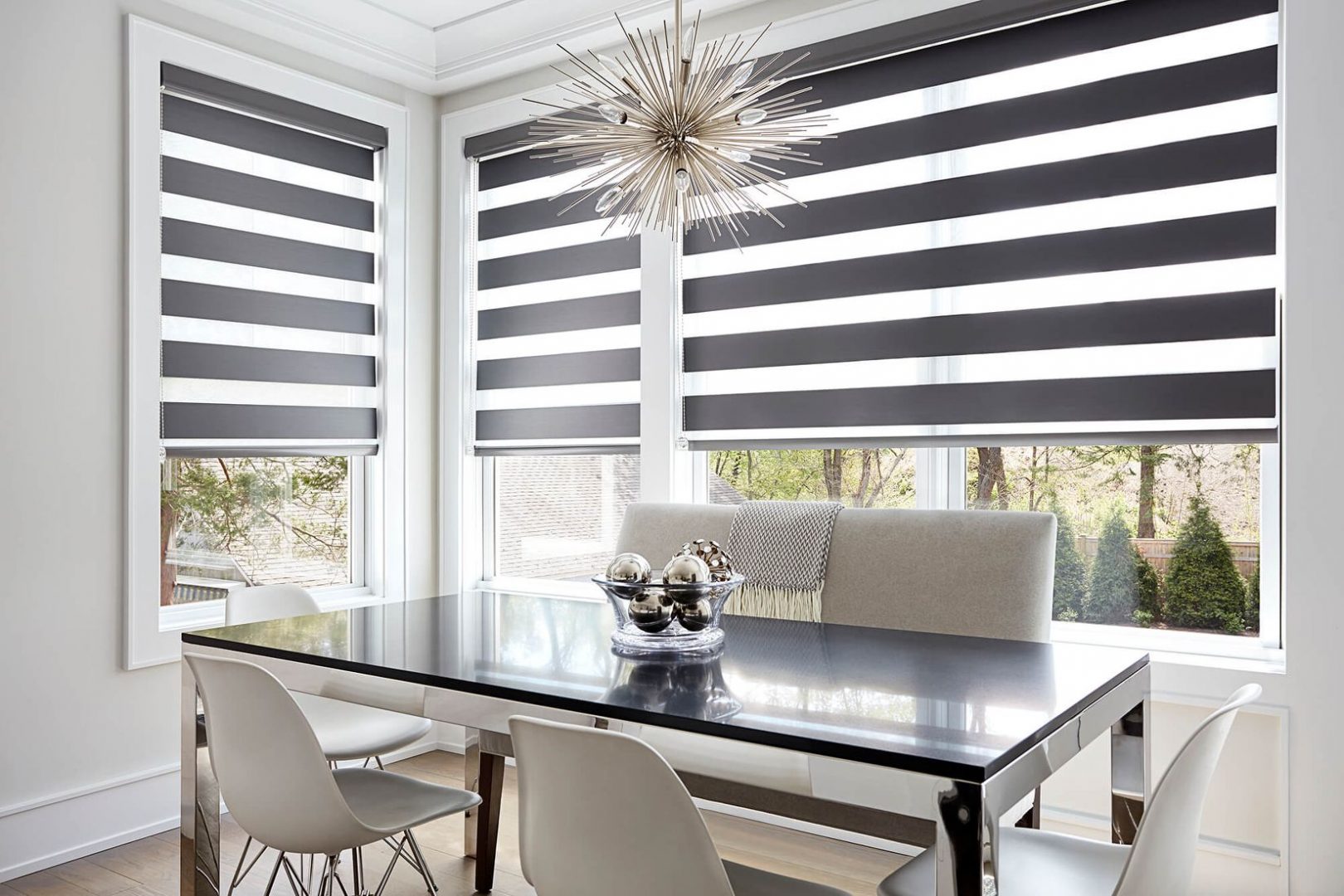

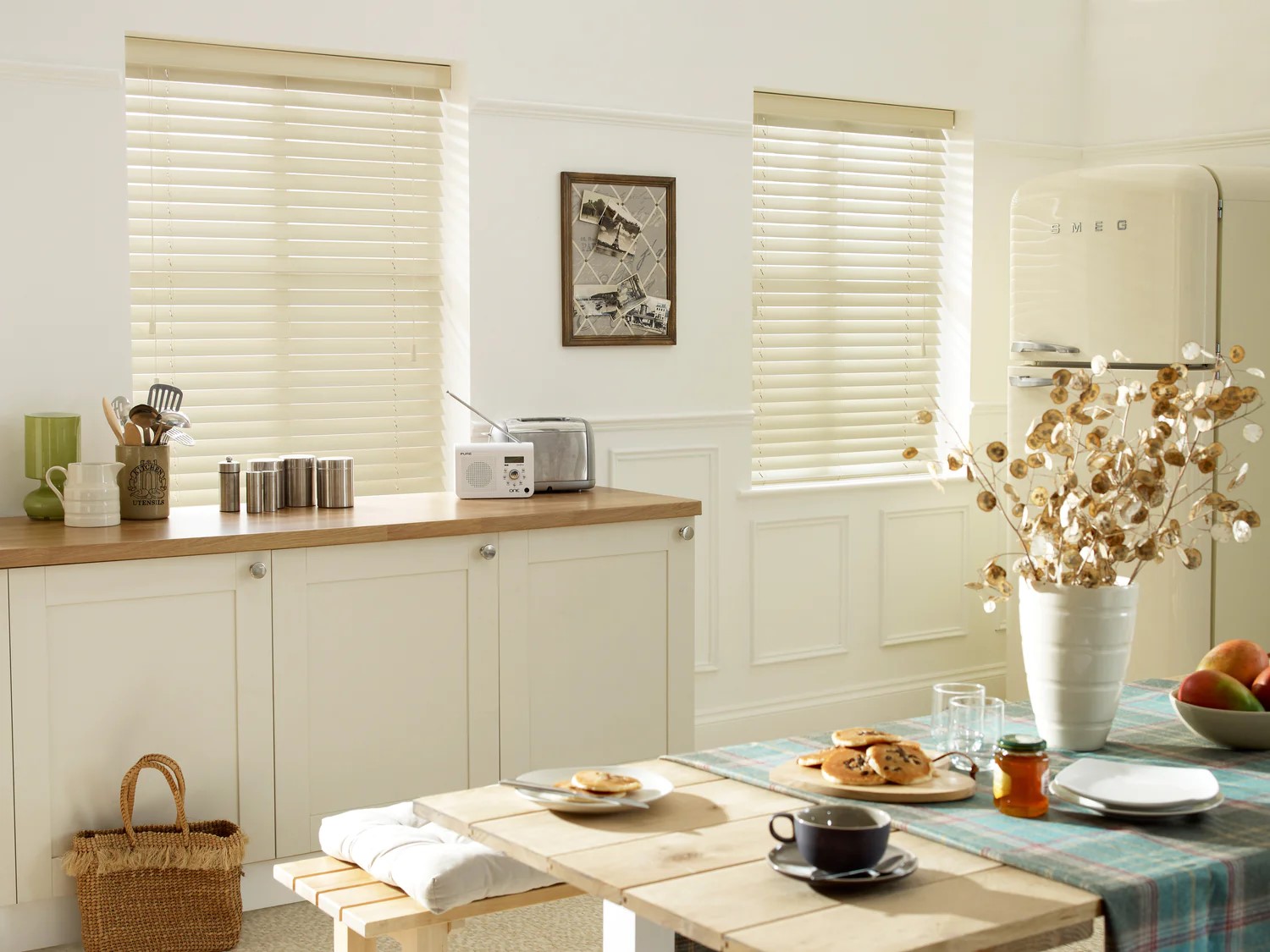

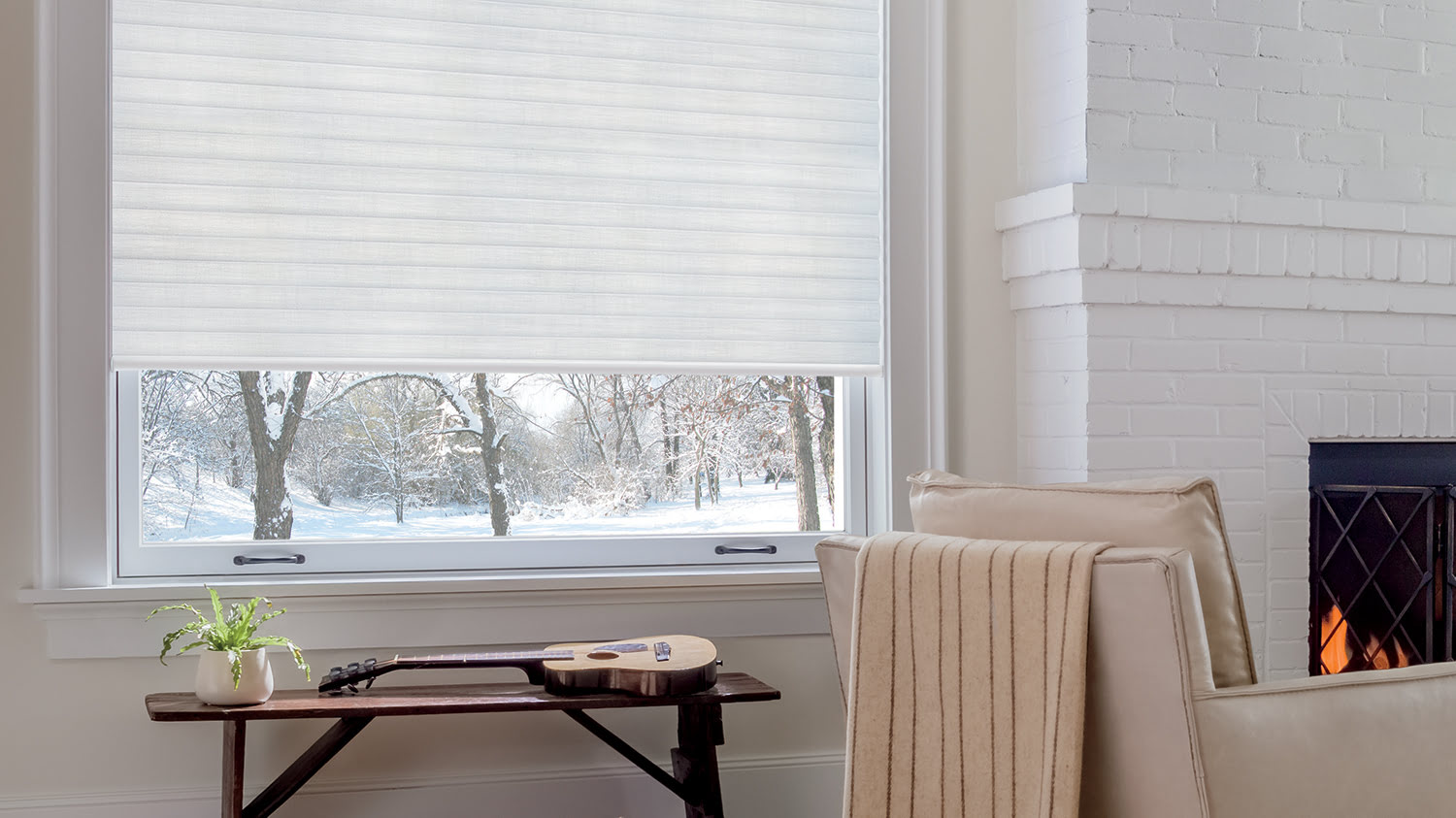




0 thoughts on “How To Measure For Blinds Inside The Window Frame”